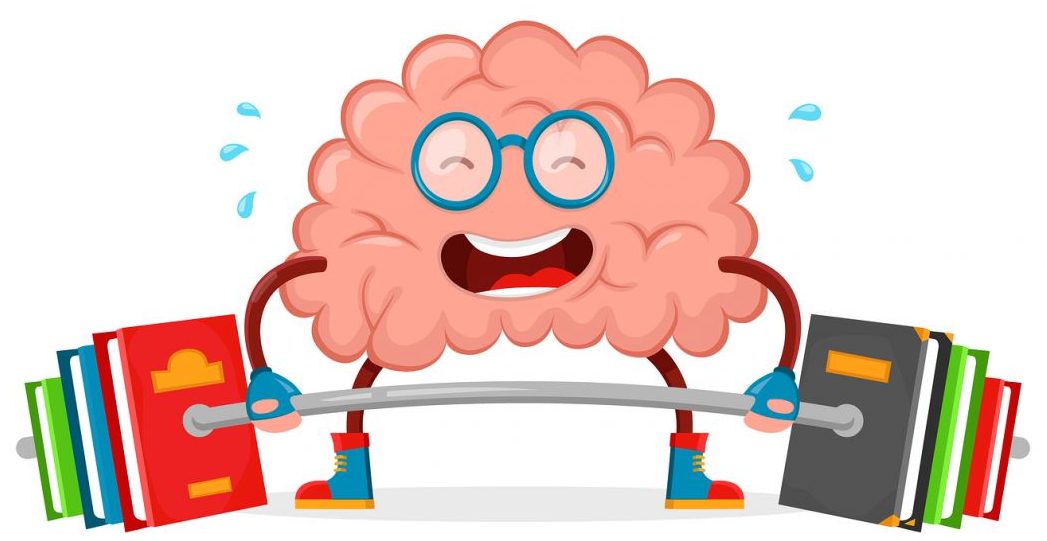How do we turn the academic “facts” into something our children can actually understand? What makes those facts become something usable, practical, memorable? When we discover the difference between teaching “facts” and giving our children meaningful interaction with those facts, their curiosity—and our homeschooling—will flourish!
But how do we do it? Here’s how my oldest son described it years ago:
“Education stretches beyond the intellect to caress the soul, inspire the will, impassion the heart, quicken the body and enrich the spirit. Informational instruction is not always education. . . At its heart, education is relational, it is a process, and it is uniquely human.”
Fractions and Chicken
He continues, “On my way back from New Zealand several years ago, I stopped to visit my friend, Eden, in Honolulu. At dinner with her family in the small white kitchen, the guests spilling into the living room, I engaged her young sister in conversation about mathematics. Not sure why, sometimes things like this just happen.
As the breeze blew scents of surf and sunshine-bathed flowers through the bamboo curtains, she confided in me that she was horrible at fractions. Instantly I seized my utensils and crossed them in an X on my plate, dividing the pineapple-baked chicken from the green beans and separating both from the pile of roasted potatoes, which was now bisected by the handle of my fork.
“How many plates of food do I have?” I inquired good-naturedly.
She was a clever girl. She shot me a grin and a look that said I know exactly what you’re up to. But she played along.”One.”
“How many parts is the plate divided into?” Obvious question, but she wasn’t insulted.
“Four.”
“Because there are four parts, we can call those parts ‘fourths.’ How many fourths does my chicken take up?
She knew this was going somewhere. Cautiously she responded, “One.”
“How about my potatoes?”
No hesitation. “Two.”
I lifted my fork. “Now what do you see?”
The two-fourths of the plate filled with potatoes magically became one half. Her eyes bugged out, the mental lightbulb blazed to life, and for the rest of the meal we subdivided all the food we could find.”
Facts Into Meaning!
That is exactly the kind of creative thinking, hands-on adventure, bring-it-home-to-where-they-live experience that can make any subject come to life for our kids. And once it comes to life— once they REALLY get it—this knowledge becomes something they will remember and they will be able to use for the rest of their lives!
Remember, stay relational.


